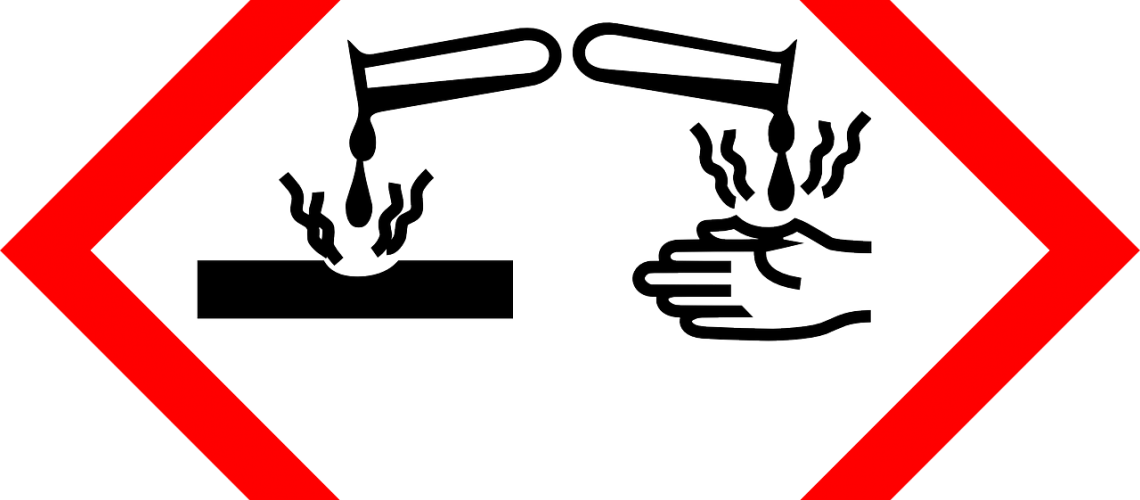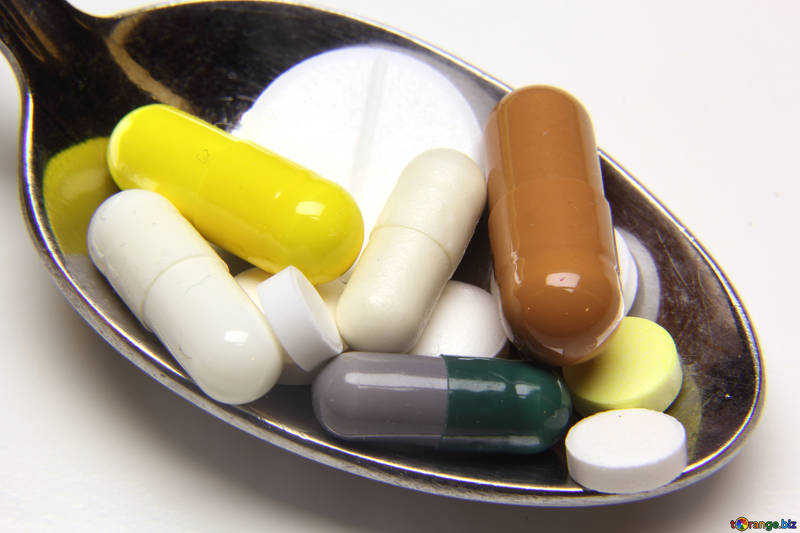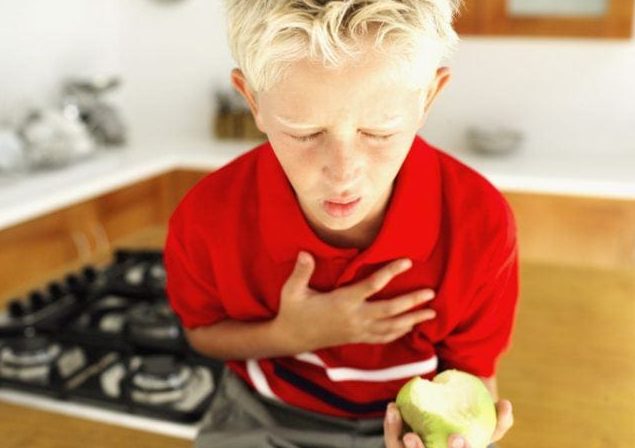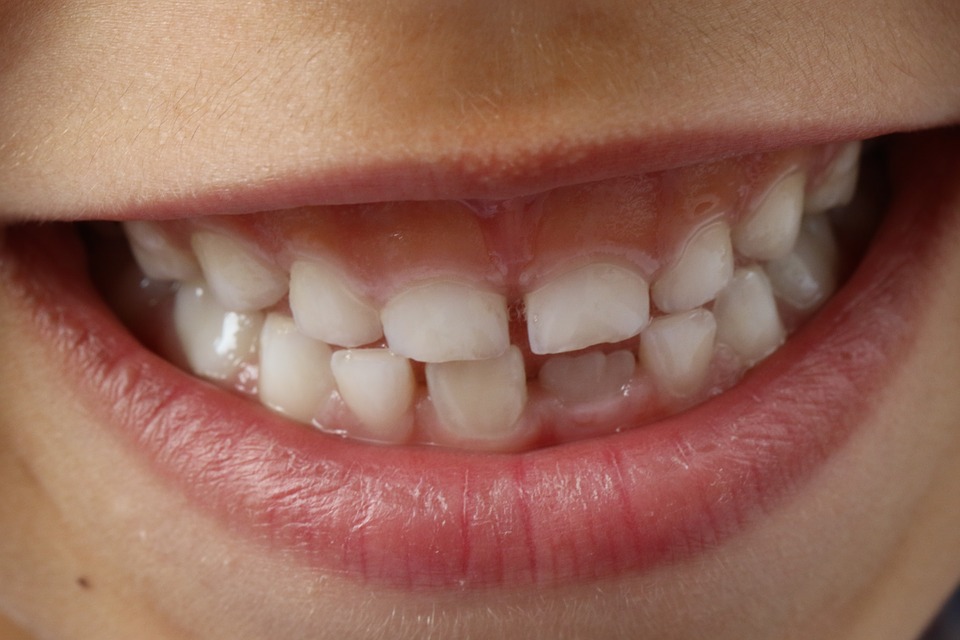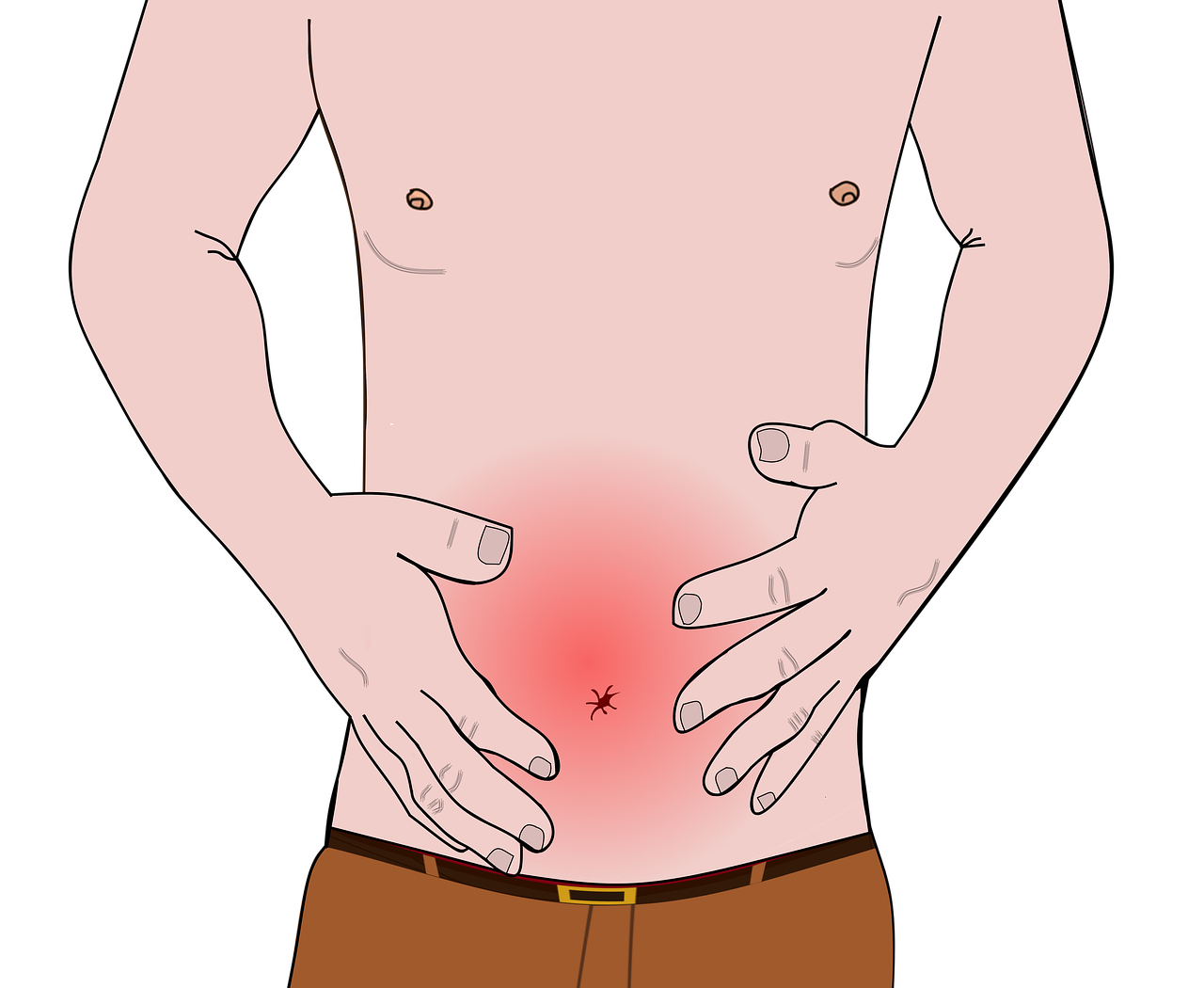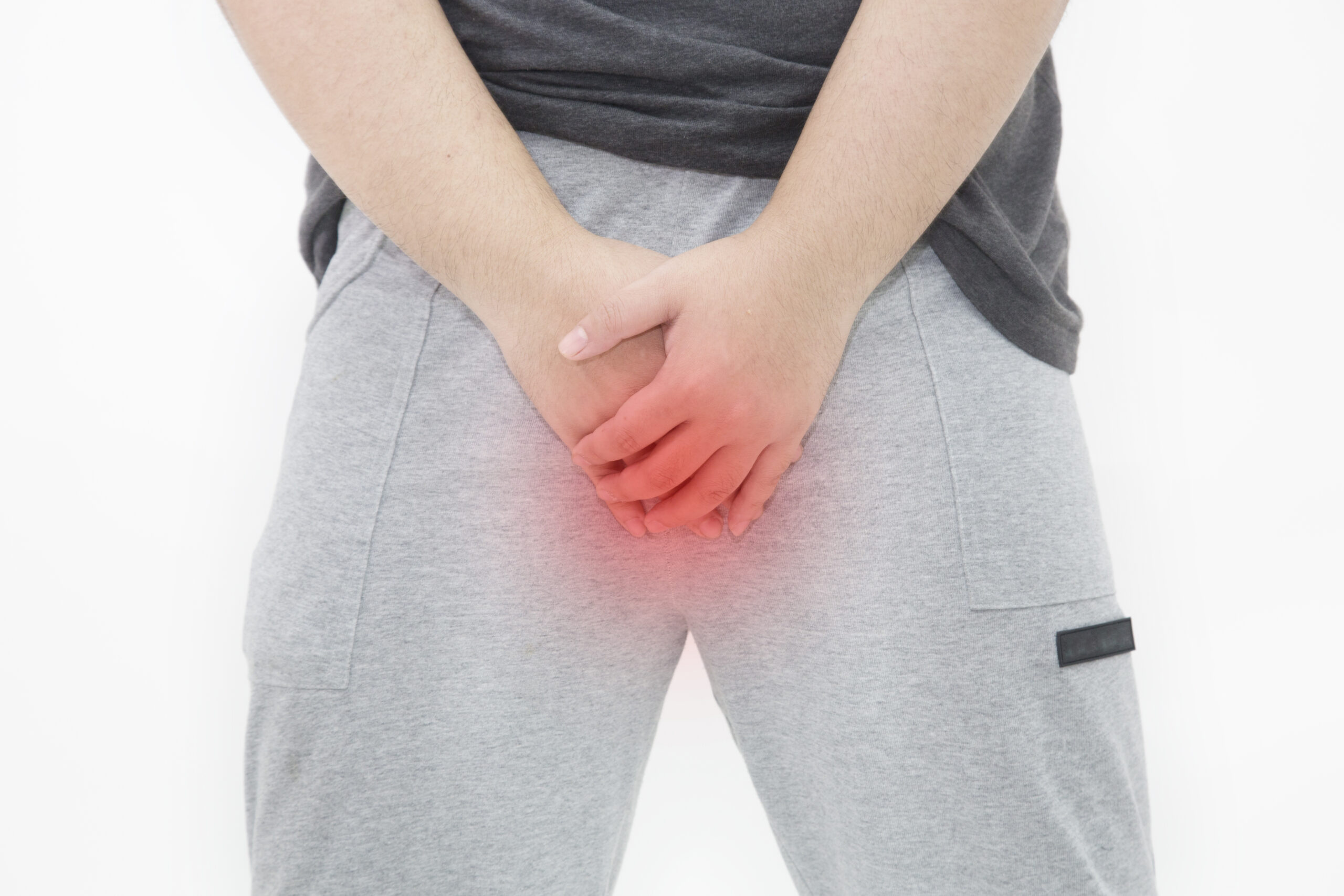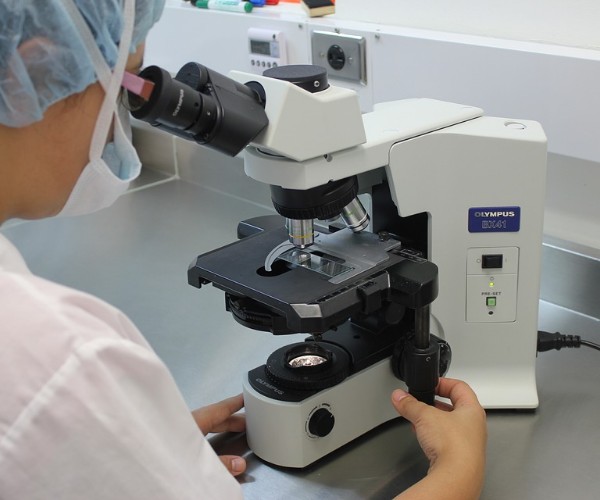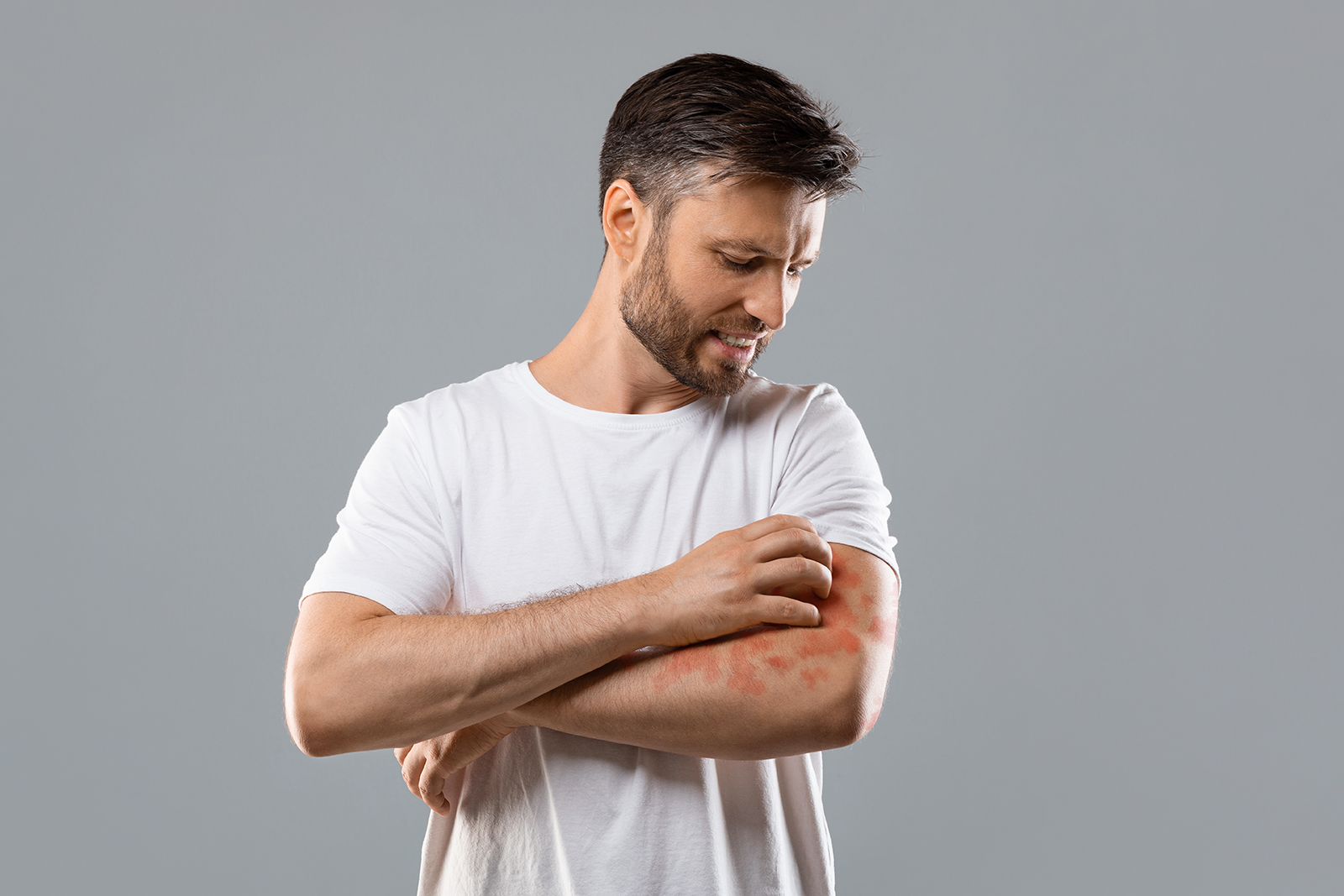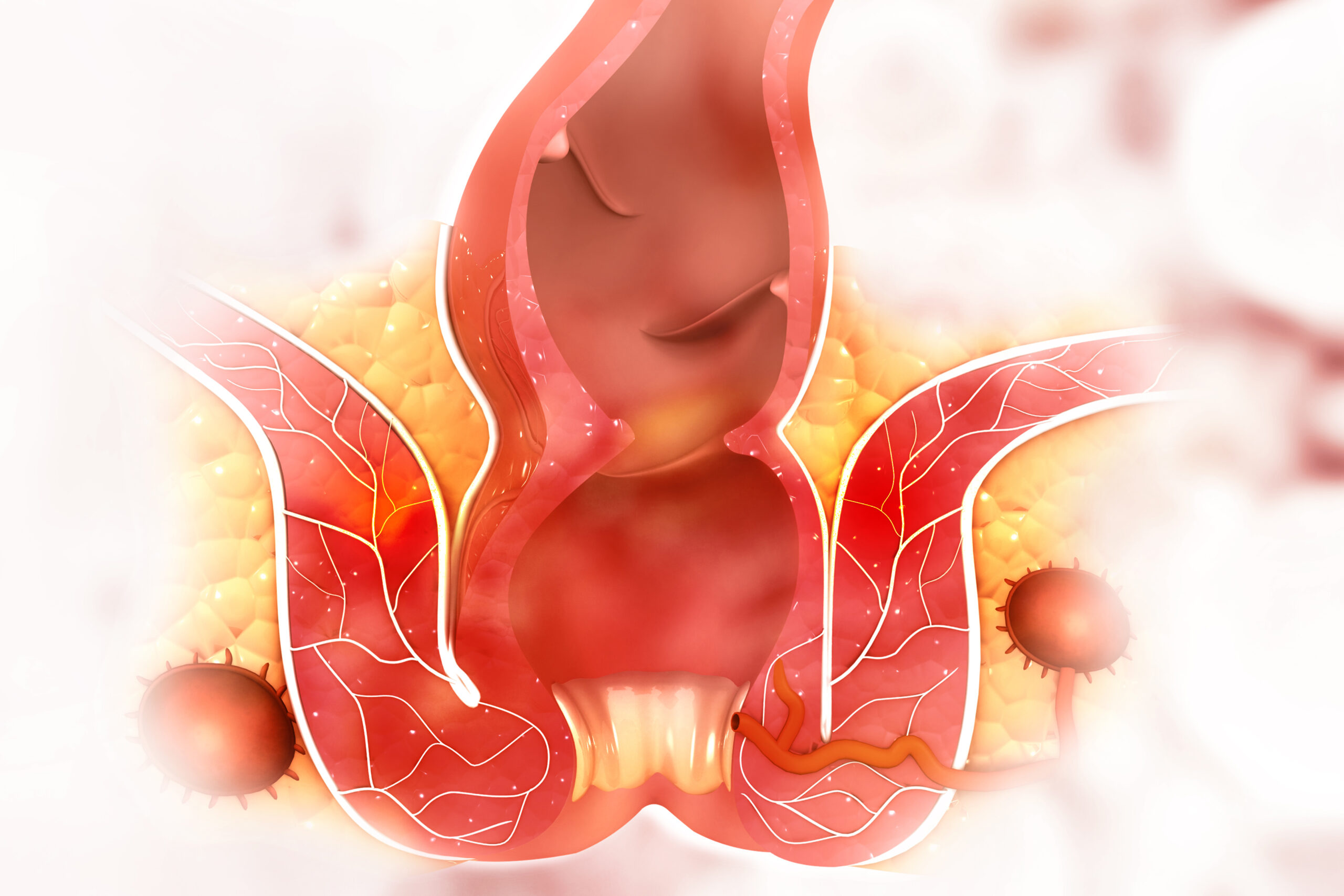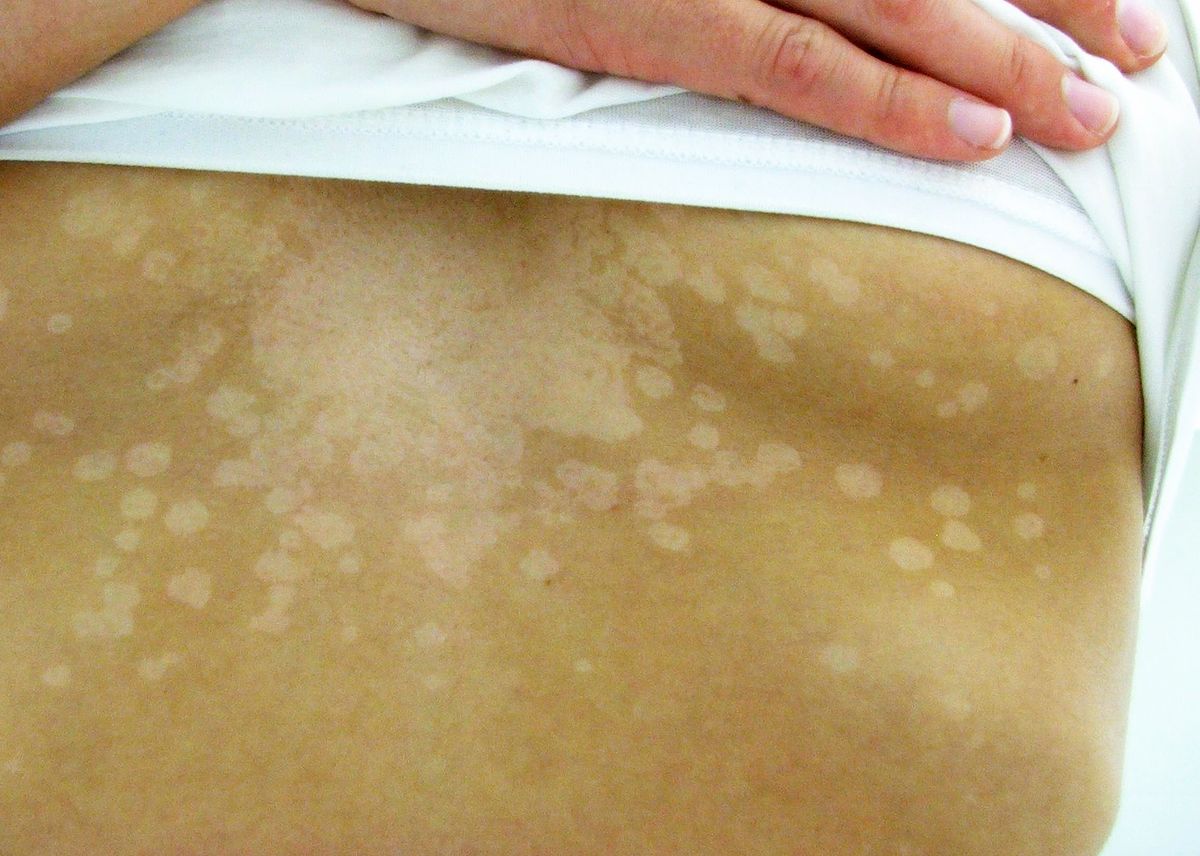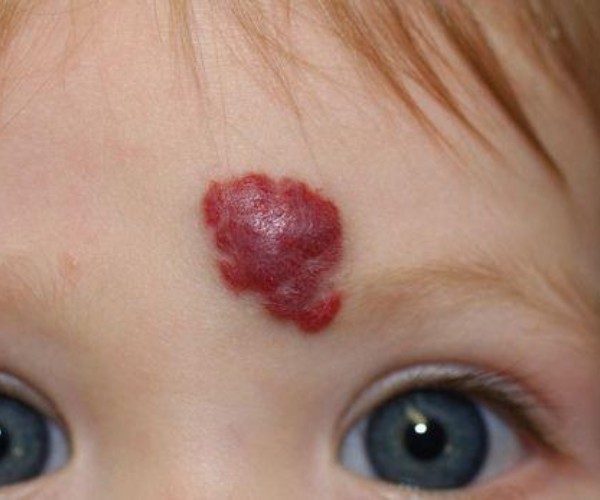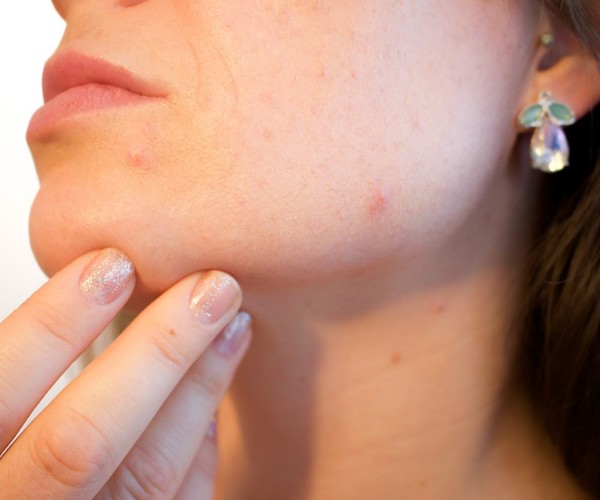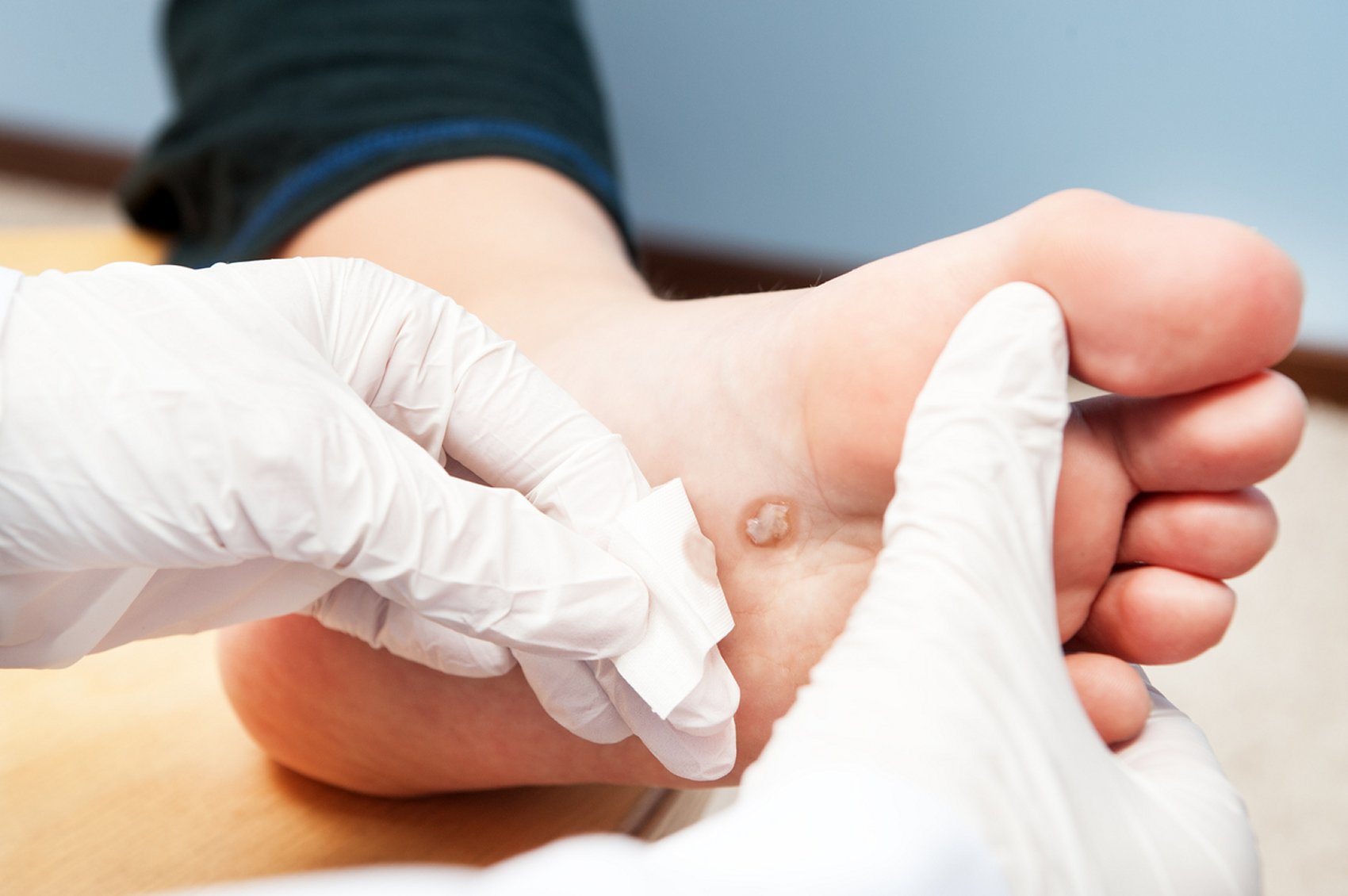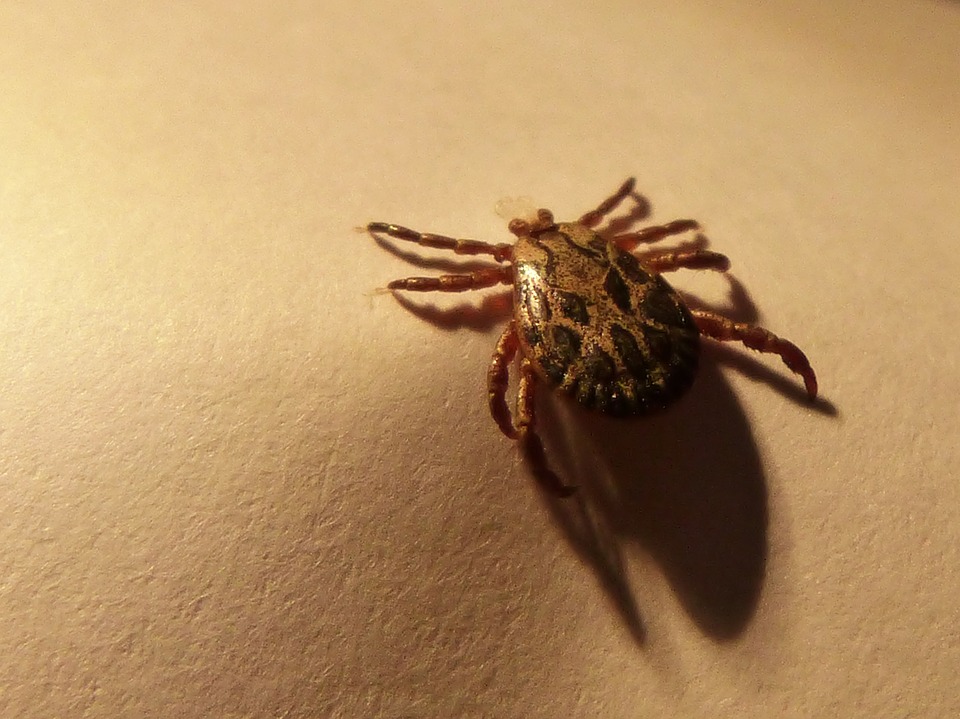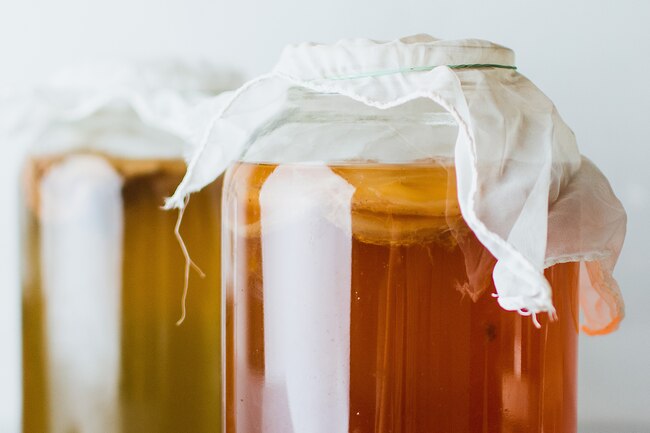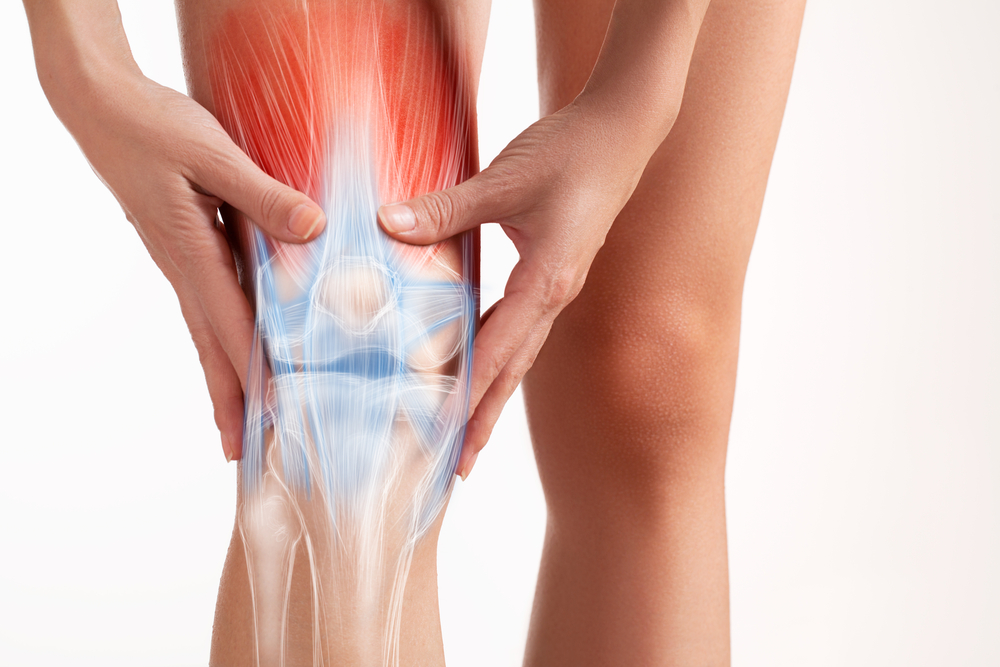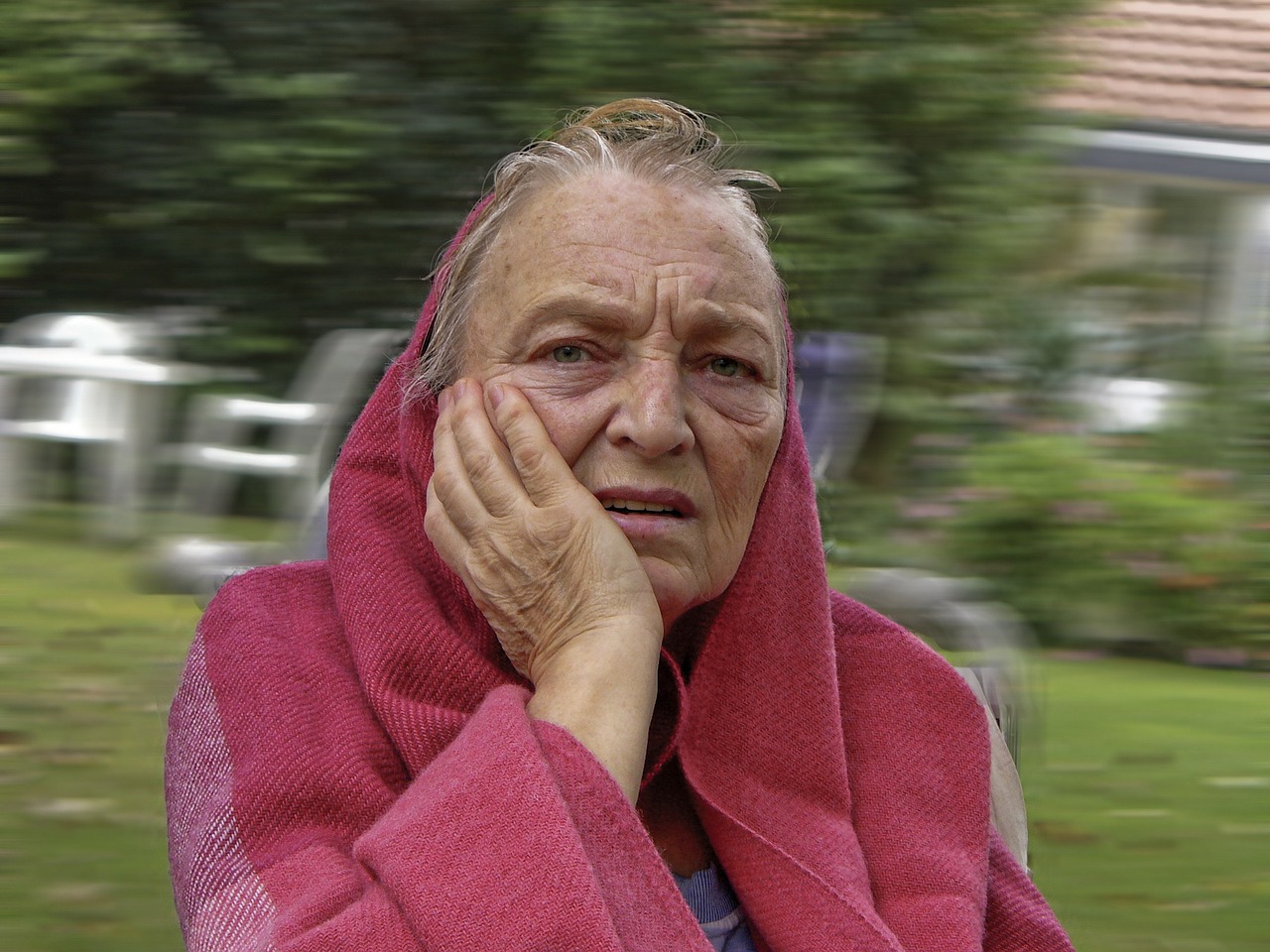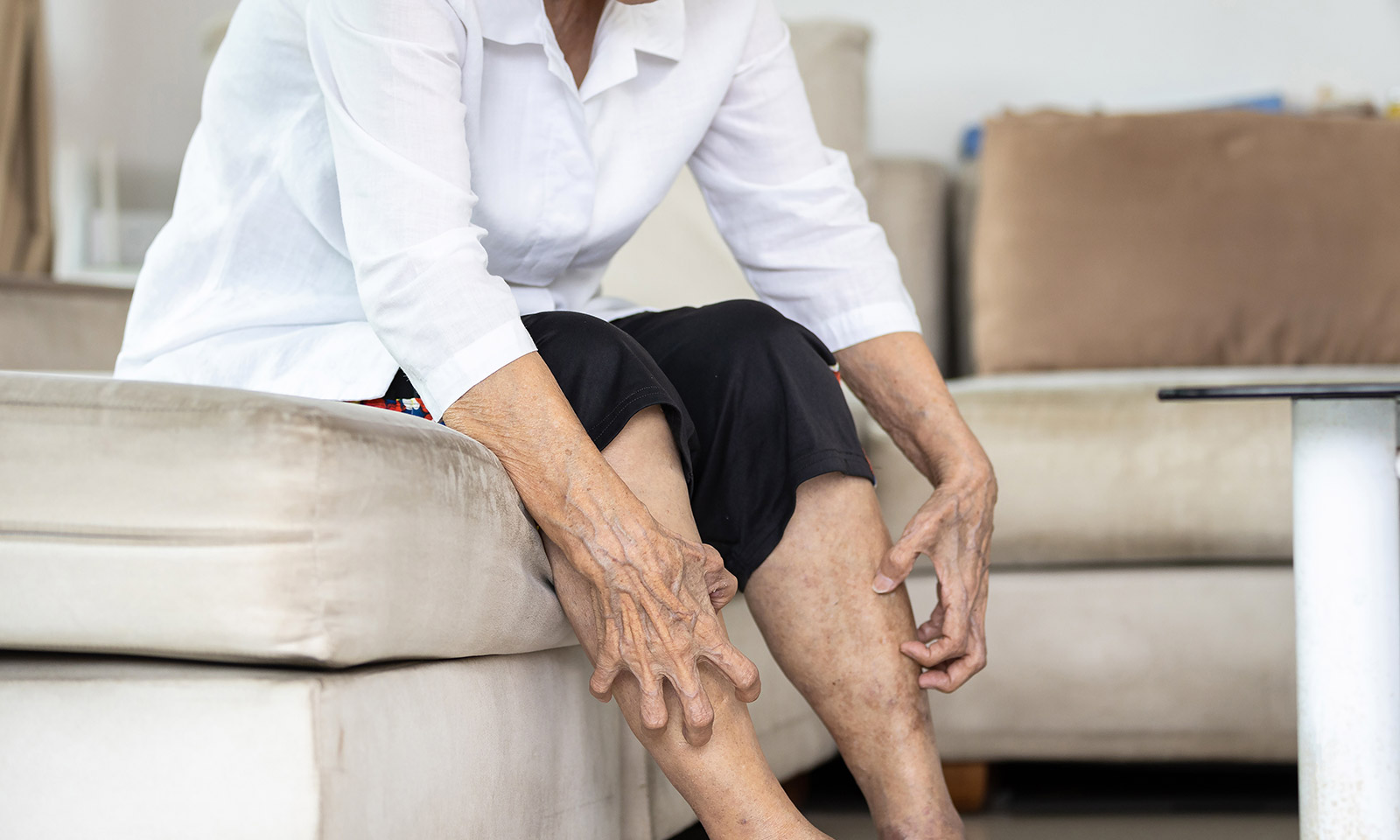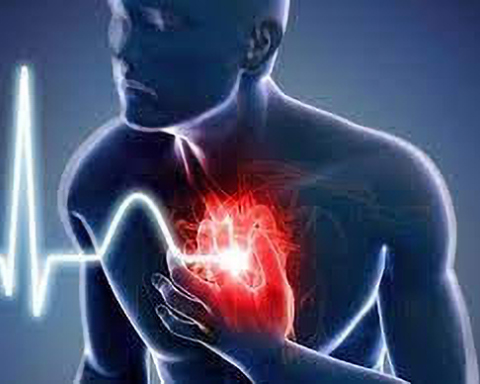There are plenty of chemicals on the market with irritating, corrosive and caustic characteristics to living tissue. Accidents can occur in both adults and children, who do not know the danger of these substances. There are, then, also people who use these substances for suicidal purposes.
Applied to the skin these substances cause inflammation, blistering, ulcers or penetrating necrosis. Most often the damage remains limited to the area of contact. With ingestion, on the other hand, there is physical-chemical trauma at the level of the gastrointestinal tract, with exposure of the sub-mucosal layer. The oral cavity and pharynx are the main targets but strangely these regions can also be spared, while the larynx may show erosions or become edematous. At first, the patient experiences a choking sensation with burning in the tongue and oral cavity. Generalized collapse or perforation of the esophagus and stomach may then appear. If 10-20 ml of concentrated hydrochloric acid, sulfuric acid, nitric acid, oxalic acid are ingested, they can be fatal.
Diagnosis and treatment
The diagnosis is usually obvious because of the circumstances and the manner in which they occur. Gastric lavage can cause far greater risks than possible benefits. Milk or water can be given to drink to dilute the substances, and if the pain agitates the patient too much, an analgesic should be administered. Cardiovascular collapse can be prevented by a strict supportive regimen with maintenance of hydroelectrolyte balance.
Source: Vadecum of poisoning therapy by Roy Goulding





